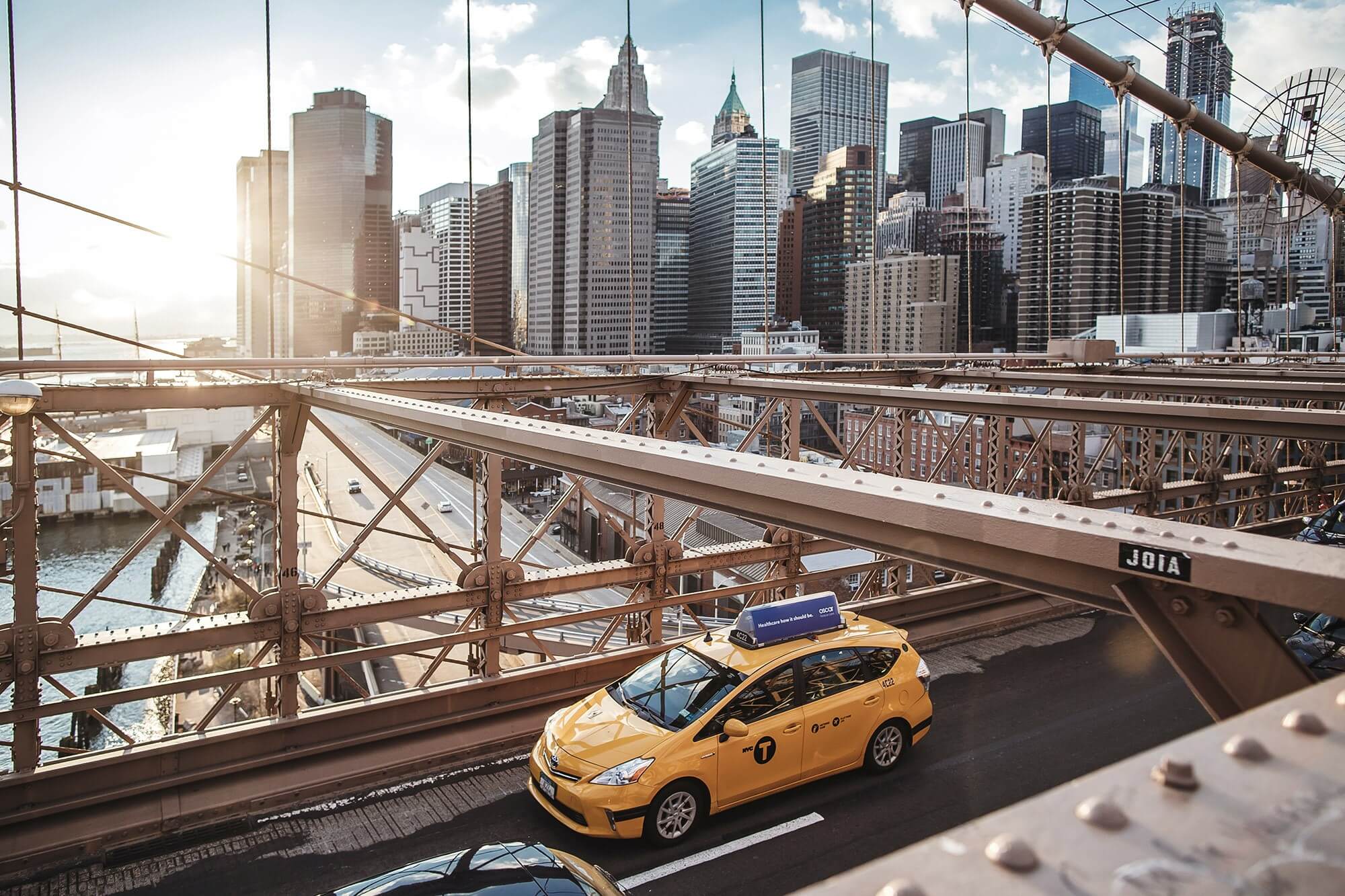Hi all.
It’s funny how work goes through phases. After a few years of focusing primarily on traditional websites, I am now doing an increasing amount of work with web apps and have been struck by just how different the two are.
From Websites to Web Apps
There is a spectrum from traditional websites to web applications. You have primarily informational websites like government or news websites at one end.
Conversely, web apps like time trackers, accounting software, or online design tools exist at the other end of the spectrum.
In the middle are social media platforms or e-commerce websites that are both informational and interactive.
Web Apps Require a Different Approach
I love working at all points along this spectrum, but it is necessary to adjust your mindset and approaches depending on where you work on that continuum. It is hardly surprising that digital product design is emerging as a discipline in its own right because web apps require you to think differently.
In my experience, product design tends to be more user-centric than traditional web design. Where most traditional websites are focused on persuading a user to do something, SaaS apps exist to facilitate what the user already wants to do.
In some ways, this makes product design easier because you don’t have the same balancing act between organizational and user needs. However, web apps come with their complications, too.
Web Apps Have Unique Challenges
Generally speaking, web apps are used more regularly by any single user. Users may visit a particular traditional website once in a blue moon, but they can spend most of their day on some web apps.
Your initial impression might be that the lack of familiarity people have with a website they visit only occasionally might be a challenge, and in some regards, it is.
Encountering a point of friction on a website you occasionally visit is frustrating. However, it is even more frustrating when you repeatedly encounter the same friction point in a web app you use regularly.
There is intense pressure when working in product design to make the application as painless as possible, as a slight niggle can become infuriating over time. A job made all the harder by the complexity of the features that can exist in some SaaS apps (especially enterprise ones).
But regular use throws up another unique challenge as well. The moment you change something (even for the better), you break your existing user’s procedural knowledge. They have learned and become comfortable with the quirks of the interface, and when you change it, you undermine that knowledge. In many ways, that is worse than presenting people with an unfamiliar interface, as they used to know how things worked, and you took that away.
Of course, it works out for the best in the long term. Existing users adapt and build new procedural knowledge. What is more, you lower the barrier of entry for new users who hopefully find the application easier to grasp.
User Experience Design Is More Nuanced Than You Think
All of this is to say that user experience design is a nuanced discipline, a factor often overlooked by those with other specialisms or those new to the sector. It is easy to think that creating a great user experience basically boils down to organizing things logically and making the interface easy to use. Or that if you have experience building one type of interface, you can easily adapt to others.
However, the reality is significantly more complex than that. The type of interface, needs of your audience, and regularity of use are just some of the many nuances that make our field so hard to master.
So the next time you start work on a project, resist the presumption that you know what is needed because, unfortunately, that is rarely the case.










